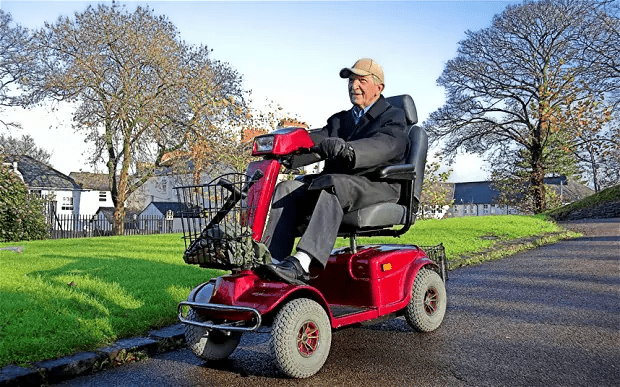Every once in a while it can be a good idea to get a Euro-spa massage Quebec. This is a stressful world and a stressful time and it is not easy to find the time to actually relax. Well, you can overwork yourself trying to breathe and settle down or you can just go to a professional practitioner and have them work out your stress for you. Looking for affordable swedish massage services? Check out Elements Wellness today!
In North America, the term “massage” typically refers to a specific modality of massage known as “Swedish Massage.” While there are many more, let’s just discuss what “Swedish massage” actually entails, generally, since that is what most people probably will seek.
THE HISTORY OF SWEDISH MASSAGE
The modality of body work we know of today as “Swedish Massage” was originally developed by a man by the name of Peter Henry Ling (or, Per Henrik Ling). He actually dedicated his life towards the development of a series of gymnastic movements aimed at alleviating chronic pain. With this personally-developed strategy he continued to work and eventually his theories evolved; and by the end of the 19th century he came to be known as the “Father of Massage.”
SO, WHAT IS SWEDISH MASSAGE?
What Ling theorized—and studied and worked out—utilized deep analysis of the anatomy and physiology to reach a better understanding of physical therapy, so to speak. At the time he began, the leading theory was along the lines of the Eastern “meridian” philosophy.
Alternatively, what came to be known as Swedish massage uses various “strokes” to break up tension—called “knots”–in the muscles with the purpose of promoting relaxation, among other health benefits.
THE STROKES OF SWEDISH MASSAGE
There are two basic strokes involved with Swedish massage.
EFFLEURAGE: All Swedish massage begins (and ends) with this stroke. Effleurage consists of very long, gliding strokes, in almost a sweeping motion. These strokes require either open palm or fist and can also use the length of the forearm. The purpose of this stroke is to smooth the body, particularly to spread the lotion or oil, which lubricates the skin in order to reduce friction (and make the pressure more comfortable).
PETRISSAGE
Effleurage gets the muscles warmed up and then the practitioner moves on Petrissage. Petrissage involves more kneading and rolling strokes. The purpose of this stage is to free up even deeper tension than before and, more importantly, to stimulate nerve endings and increase circulation to promote cell repair and regeneration.
There are other strokes that can be employed, but these are the two basic strokes that all Swedish massage sessions will utilize. Some people do not wish to have any body work after these strokes.



